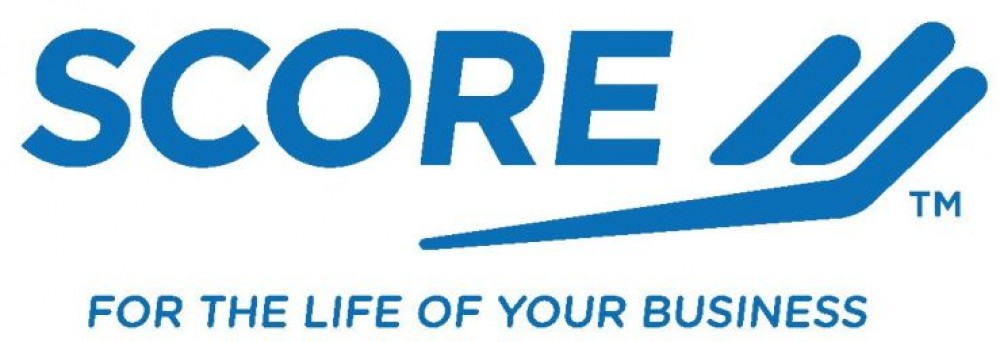Pricing your products or services correctly has a tremendous impact on your company’s sales and profits. Correct pricing lets you earn a profit that you can re-invest in your company. Here are the five things you need to know:
- Your relative product or service quality. Not what you think your quality difference is, but what your customers think. Do you offer something that competitors don’t, that your customers value? Or are you a me-too business? If you’re not sure, ask some customers.
- Your company’s direct and overhead costs. Direct costs are the costs associated with buying and delivering the product or service. Overhead costs are all the other costs associated with running your business. No matter what kind of business you are in, it’s easy to overlook some costs, like fees for accepting credit cards, and various taxes you have to pay. Review your prices when you see changes in your costs.
- The overall level of gross margin and pre-tax profit in your industry. This gives you a reality check for what you expect to earn. Trade associations can be a good source for this information. There is a trade association for almost every business.
- Prices your competitors are charging. These prices may be easy or difficult to find, depending on what you’re selling. Your competitors may be using a lot of discounting or promotions. Also, look at what your sales unit is. Have you un-bundled something only offered as a package by competitors? Or are you like Costco, selling products in larger quantities?
- Prices you think will be acceptable to your customers. Price too high and you can lose business to competitors. Price too low and you may be giving away profit, and possibly reducing the perceived value of what you sell.
Match competitors’ prices? Matching competitors’ prices can be effective if you understand how your business is different from competitors. How is your product different and better than competitors? How much of your business is conducted on-line or on-site compared to your competitors? What is the competitor’s cost structure? What profit margin they are willing to accept? A competitor who is in financial trouble may cut prices to get more business, and you probably can’t make a profit charging those prices.
Price using cost plus markup? Cost-plus pricing is easy to implement, and easy for employees to understand. Success depends on a thorough understanding of all your direct and overhead costs. Your markup needs to cover all of your overhead costs plus your required profit. If your overhead calculations are inaccurate, your profit will be too low.
In a service business, a good price quote needs an accurate estimate of the hours required to do the job, plus overhead costs. Your overhead costs can change based on the amount of billable hours versus unbillable hours. If you need to spend more time this month visiting customers to give quotes, or writing proposals – time you don’t bill for – your cost per billable hour is higher.
Payment schedules also make a big difference in your profits. If at all possible, collect the payment via check or credit card at the time the product or service is delivered. If you have to offer payment terms, remember this:
- Do a credit check before starting the work, if the amount involved is significant.
- Get a purchase order from companies that pay from invoices.
- Collect progress payments. If you offer a service and customers don’t normally pay up front, get partial payments. Make sure the customer knows you won’t proceed until the payment is collected.
- If you’re shipping a product, use a service that tracks deliveries, and require a signature from the person receiving the shipment.
- Send invoices promptly. Don’t wait for the end of the month. The sooner invoices go out, the sooner they are likely to be paid.
- Set a policy on when you expect payment, and make sure the customer understands. Follow up as soon as the payment is late. Be polite and professional. Set another policy on when you will stop selling more products or services to a customer who is late paying. Thirty days is too early, but you should definitely take action after sixty or ninety days.
SCORE counselors are available locally or on-line to help you create and manage a successful business. Call us in Pinellas County at (727) 532-6800 or go to www.pinellascounty.score.org.
photo courtesy of zizzybaloobah via creative commons license

